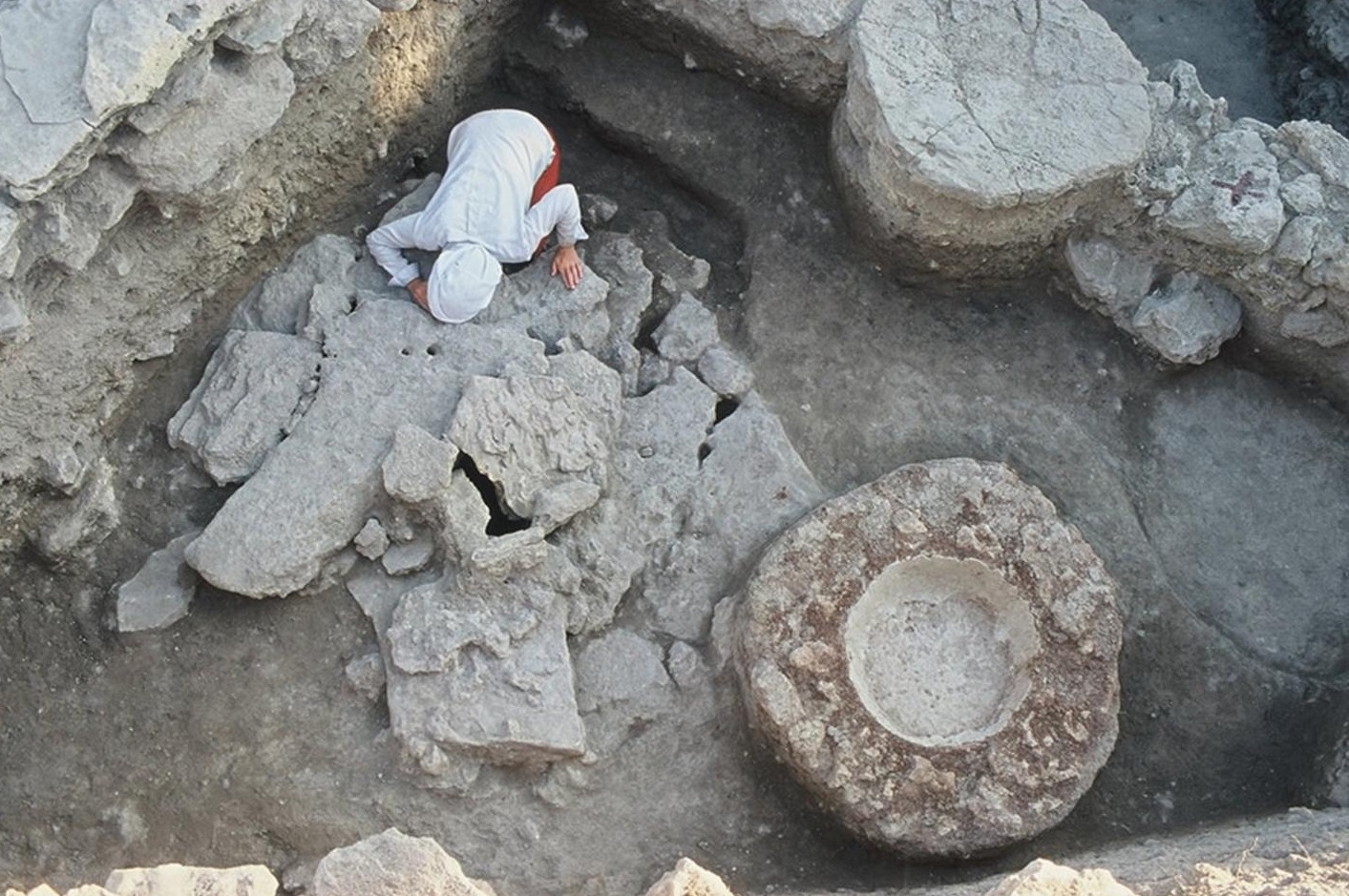A study of agropastoral and dietary practices of people living in ancient Syria has revealed that they lived on a diet similar to the modern “mediterranean diet”.
According to a paper published in the journal PLOS ONE, people living in Tell Tweini, an ancient settlement from the Bronze Age near the Syrian coastal city of Jableh, lived mostly on grains, grapes, olives, and small amounts of meat and dairy.
Archaeologists from the University of Leuven and the University of Tübingen conducted an isotopic analysis of plants, animal, and human remains, providing a road map of how nutrients flowed through the food chain and agricultural systems.
The results indicate that during the Middle Bronze Age (2000 to 1600 BC), the inhabitants had a low level of nitrogen isotopes, suggesting that they mostly ate plants such as gains and olives.
However, excavations have also unearthed the remains of sheep, goats and cattle from this period, indicating that animals were occasionally used as a protein source and were also used for milk.
According to the paper, the diet is very similar to the modern “Mediterranean diet” and comes with several health benefits. The diet has been shown to reduce the risk of heart disease, metabolic syndrome, diabetes, certain cancers, depression, and provide better mental and physical function.
The authors add: “Thanks to the interdisciplinary and technical progress of archaeological science, we can not only speculate on the existence of a long cultural tradition of the Mediterranean diet through taxonomic and typological determinations, but also extend these findings through additional analyses, e.g. of stable isotopes in human, animal and plant remains, and thus contribute to a better understanding of the emergence of cultural traditions in their anchoring in environmental and social dynamics.”
Header Image Credit : U0045269 – CC BY-SA 3.0
Sources : Agropastoral and dietary practices of the northern Levant facing Late Holocene climate and environmental change: Isotopic analysis of plants, animals and humans from Bronze to Iron Age Tell Tweini. https://doi.org/10.1371/journal.pone.0301775







